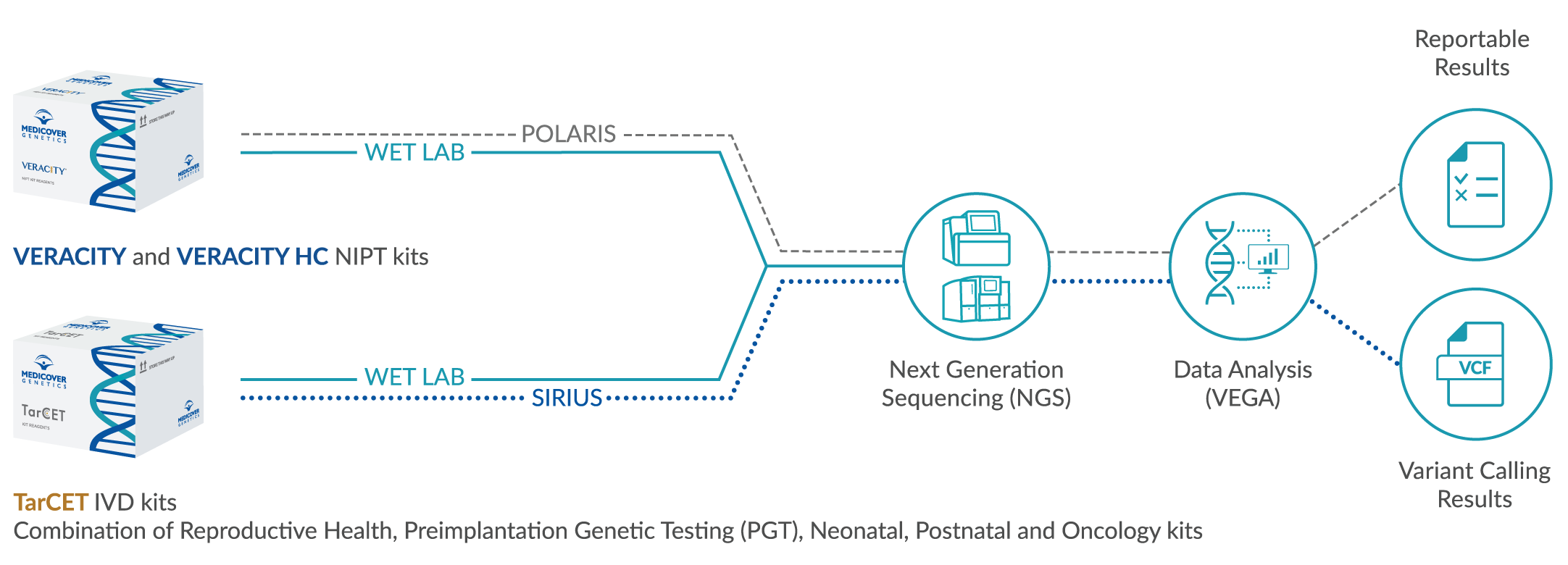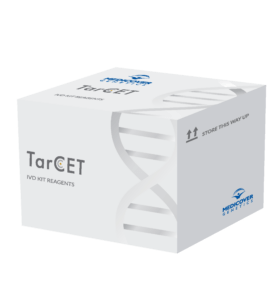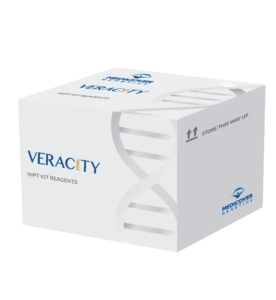Epilepsies occur with a frequency of 0.5 to 1%, and almost half of them are begin in childhood. In the heterogeneous group of epilepsies at least 50% are genetically determined, and in most cases, caused by polygenic or multifactorial factors. Only 1 to 2% of so-called idiopathic epilepsies have monogenic inheritance. These include epileptic encephalopathies of childhood (EIEE), which start early in life, take on a severe course, are often difficult to treat and show comorbidities in addition to the existing cognitive development delay which is almost always present. In idiopathic generalized epilepsies, the detection of a pathogenic variant in one of the listed genes often indicates that there is an increased risk of developing epilepsy (known as susceptibility factors). A large proportion of hereditary epilepsies are caused by pathogenic variants in subunits of neuronal voltage-dependent sodium (Na+), potassium (K+), calcium (Ca2+) or chloride (Cl-) ion channels and subunits of ligand-dependent receptors such as the GABAA receptor and the nicotine acetyl choline receptor.
Genetic epilepsies can be compared with symptomatic epilepsies which occur as a consequence of a congenital brain malformation (e.g., migration disorder). They can also occur in the context of other genetic syndromes (e.g., Angelman syndrome, Rett syndrome, tuberous sclerosis) or in the case of chromosomal imbalances.
Clinical differential diagnosis can often be difficult, which is why genetic diagnostics—also by means of NGS—is becoming increasingly useful for clarifying the cause(s). The detection of a pathogenic variant can confirm a suspected diagnosis, which may lead to a targeted therapy (e.g., glucose transporter defect). In addition, further diagnostics can be avoided, and a prognostic assessment and statements on a possible risk of recurrence can be provided.
References
Myers et al. 2019, Clin Genet 95(1):95 / Scheffer et al. 2017, Epilepsia; 58(4):512 / Lesca et al. 2015, Rev Neurol (Paris) 6-7:539 / Poduri et al. 2014, Nat Rev Neurol 10(5):293 / Scheffer 2014, Neuropediatrics 45:70 / Thomas et al. 2014, Nat Rev Neurol 10:283 / Thomas et al. 2014, Nat Rev Neurol 10:283 / Hoppman-Chaney et al. 2012, Clin Genet 83:345 / Tavyev Asher et al. 2012, Eur J Med Genet 55:299 / Striano et al. 2012, Arch Neurol 69:322 / Noh et al. 2012, Eur J Med Genet 55:281 / Weber et al. 2011, Z Epileptol 24:100 / Nicita et al. 2011, Seizure 21:3 / Muhle et al. 2011, Epilepsia 52:e194 / Depienne et al. 2010, Hum Mut 32:E1959 / Berg et al. 2010, Akt Neurol 37:120 / OMIM, Online Mendelian Inheritance In Man





















